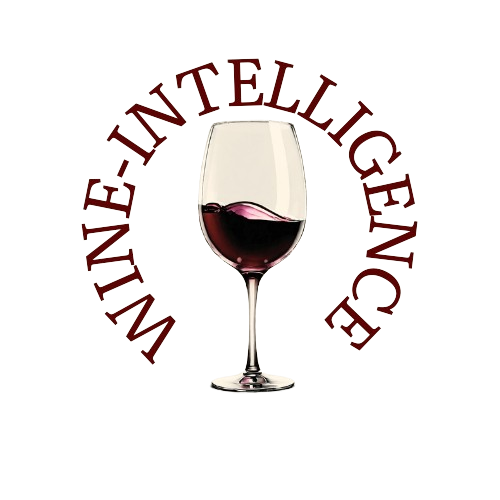After a challenging 2024, the Champagne region enters 2025 with resilience, strategic vision, and a willingness to innovate.
Despite being the world leader in value for sparkling wines, Champagne faced a 9.2% drop in global exports last year, down to 271.4 million bottles and under EUR 6 billion in turnover. The domestic French market also slowed down, reflecting broader economic pressures and evolving consumption patterns. Yet, the region remains steadfast in its commitment to long-term goals: combating vineyard threats like flavescence dorée, accelerating sustainability efforts, and rekindling consumer interest—especially among younger generations.
At the recent general assembly of the Syndicat Général des Vignerons de la Champagne (SGV), these key challenges and priorities were addressed in depth. SGV President Maxime Toubart outlined how flavescence dorée, a disease causing severe damage to vines, has become a major concern for winemakers—not only in France but across Europe. In response, the SGV has launched a collective surveillance effort, with 12,200 hectares monitored in 2024 (8,200 voluntarily), involving over 200 half-days of coordinated inspections across 262 municipalities.
However, Toubart acknowledged that monitoring alone is not enough. A proposal is underway to create a "solidarity reserve," allowing growers to donate grapes to colleagues whose yields are compromised by the disease. This initiative aims to strengthen community resilience and maintain production stability, with a resolution expected within months.
Parallel to these efforts, the industry is pivoting toward a modernized marketing approach to reconnect with younger consumers. The SGV is keen to explore the Champagne cocktail culture, particularly in markets like the U.S., where half of the Champagne bottles are consumed in mixed drinks. Embracing mixology could serve as a gateway for younger drinkers to appreciate the complexity and prestige of Champagne, while also tapping into new consumption occasions and settings.
Expansion into emerging markets is also a priority. Countries such as Brazil and Thailand are being eyed as promising destinations for growth, underlining Champagne's intention to diversify beyond its traditional strongholds.
Sustainability remains a cornerstone of Champagne’s long-term vision. The region aims for 100% of vineyards to be sustainability-certified by 2030. While the target is ambitious, the SGV emphasizes the need for incremental progress, especially in the face of economic and climatic adversity. “What matters is to move forward,” said Toubart, recognizing that some regions may require flexibility to adapt.
In essence, 2025 marks a pivotal year for Champagne—one defined by adaptation, unity, and forward-thinking. As challenges persist, so does the determination to preserve the legacy and leadership of Champagne in the global wine world, while embracing the innovation needed to ensure its future.
Source: WineNews

